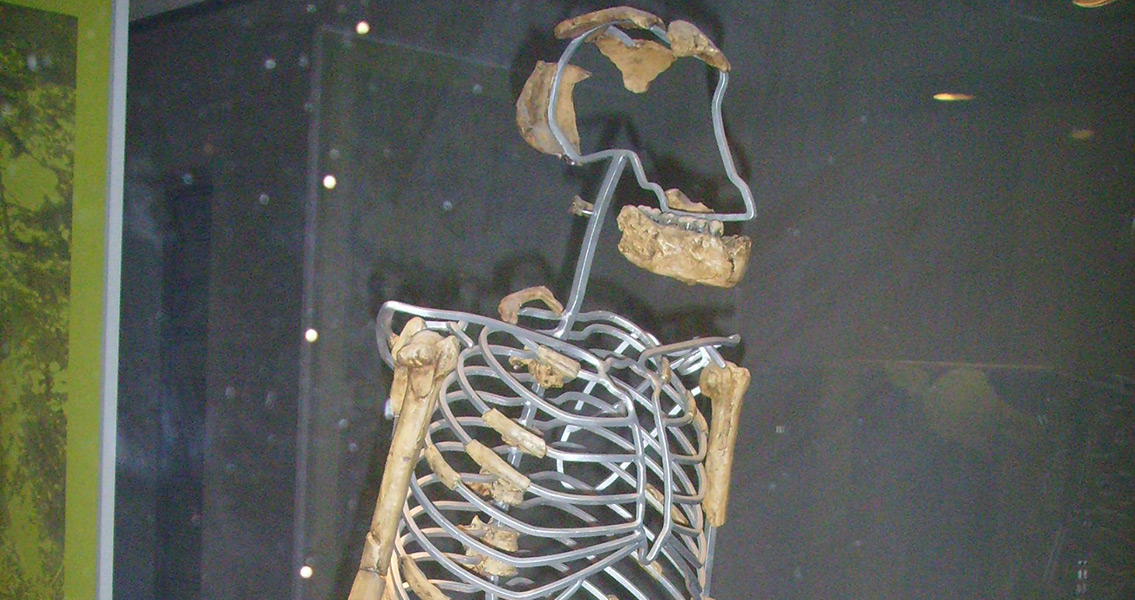<![CDATA[Lucy, as she’s commonly known, was discovered in Africa in 1974. An australopithecine, she lived approximately 3.2 million years ago, and while Lucy is famous for being an early bipedal hominin, new research indicates she also had an upper body that was exceptionally strong, likely due to the time she spent climbing trees. The study finds that moving among the trees might have continued to be important among some of our ancient human ancestors, possibly for millions of years after they had developed the ability to walk. Lucy had long arms and fingers, chimp-like features which would have been ideal for a life that involved a significant amount of tree-climbing. Her human-like feet and legs indicate she was “terrestrial biped”, meaning she could walk in a human-like way. This means her long, powerful arms may have been inherited features which were no longer needed or used. “The degree to which australopiths were arboreal has been the subject of a lot of to-and-fro debate over the last 30 years,” William Harcourt-Smith from City University of New York told New Scientist. The debate may finally be settled based on the work completed by Christopher Ruff with Johns Hopkins University School of Medicine in Baltimore, Maryland, along with his colleagues. Using CT scans taken of Lucy’s skeleton, they studied the cross sections of both (left and right) upper arm bones along with the left thigh bone — the thigh bone from the right leg was never found. What the team discovered was that Lucy’s arm bones had thick walls, suggesting unusual strength. Bone strength is considered a “use it or lose it” characteristic directly related to an animal’s behavior and not inherited; meaning that at least some australopiths were at home on the ground and in trees. “It would not be present unless Lucy mechanically loaded her upper limbs more than most modern humans,” Ruff told New Scientist. “Ours is the best evidence to date that A. afarensis actually spent a significant portion of their time engaged in arboreal behaviour.” Over the course of a person’s life, bone structure changes depending on the way we use, or don’t use, our bodies. Human thigh bones typically have thicker walls due to all of our walking, our arm bones however, have relatively thin walls because we seldom use them to carry or lift our full body weight. Chimpanzees on the other hand develop arms with thick-walled bones because of their tree climbing. Previously, Ruff and his team discovered injuries to Lucy’s skeleton that indicated she may have died from a high fall, most likely from a tree. That study also suggested that Lucy spent a significant amount of time climbing trees, but it was far from conclusive. “I could fall out of a tree and present the same injuries as they suggest Lucy had,” Harcourt-Smith says in the article. The study has been published in the online journal PLOS One. ]]>
Research Shows “Lucy” Could Walk Upright and Swing Through Trees
